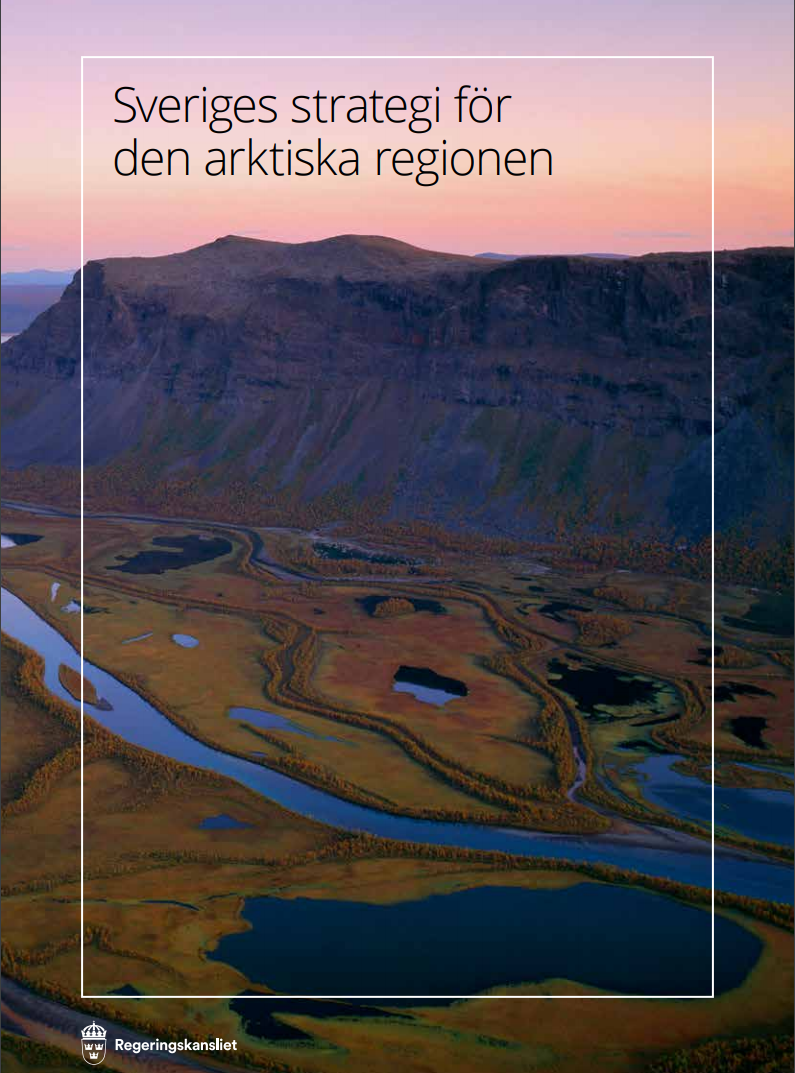Commentary Now the Swedes Also Fear Increased Militarization of the Arctic

"The government wants to strengthen its engagement for the Arctic. We have a particular role and carry a responsibility for contributing to development in the Arctic happening in a peaceful and sustainable way", says Swedish Foreign Minister Ann Linde. Photo taken during a UN conference last year. (Photo: CTBTO)
Commentary: On Tuesday this week, the Swedish government sent a serious security policy warning to its Arctic neighbors. Sweden is seriously worried about the military development in the High North. These are new tunes from a country focusing most of its military activity in the south.
The warning comes in the form of a new Arctic strategy from our eastern neighbor. Last time Sweden presented a document like this, barely ten years ago, Swedish authorities refuted the claim that there were military challenges in the north. now, the security policy situations plays the main role in Sweden’s Arctic thinking.
First time in ten years
“Sweden’s Strategy for the Arctic Region” is the title of the document that was submitted from the Ministry of Foreign Affairs to the Swedish parliament, Riksdagen. In 64 pages, Sweden’s new strategy for the High North is described.
It is the first update in Swedish Arctic policy since 2011 , and thus about time, according to the Swedish defense community.
The title is the same as in 2011. As are all the common phrases about environment, climate and indigenous people, as well as a listing of Sweden’s international cooperation and engagement.
What is really new, is the chapter about security politics. That is also the main reason why Sweden ahs been forced to update its Arctic strategy.
Despite Sweden’s geographic location and membership of the Arctic Council, the Swedish government has traditionally been anything but future-oriented about Arctic issues. Nor has Swedish business cared much about how different it is to operate industrial activities in Northern Sweden compared to in the rest of the country.
Security politics plays a main role in Swedish Arctic policy
Military moving north
When Sweden launched its Arctic strategy in 2011, defense and security politics constituted only a few lines under the section title “Security policy ties”. It simply states that “current security policy challenges in the Arctic are not of a military character”.
In the box-fresh strategy, the same issues have been awarded a chapter of their own, with analysis quite different of that in 2011. Just like in other Arctic states, the necessity of peace and stability in the Arctic is stressed while the Swedish government at the same time sees a potential for military conflict in the High North.
Sweden is to face this with diplomacy, yet also through strengthening its military capacity in the northern parts of Sweden. The reasons given are increased international tension in the High North, increased military activity in the same area, the prospects for an arms race in the High North, international unrest, as well as the risk of what the Swedes refer to as “incidents in the region”. That refers to incidents that may spin out of control and trigger military conflict.
The Swedes are not alone in this analysis. In various ways, this analysis permeates the strategies of most countries believing they hold a self interest in the Arctic. The fact that Sweden is now jumping onboard the wagon only goes to stress the gravity of the situation.
Has forgotten the Arctic
That, too, is so because Sweden has a unique defense policy situation. Just like Finland, Sweden is not a NATO member. Swedish security and foreign policy traditionally rests on a kind of neutrality policy, although the country is solidly – and increasingly – anchored into western defense policy cooperation. It is a challenging balancing act between NATO and Russia, a balancing act that also matters to Finnish security politics.
Sweden, Finland and Norway recently signed an agreement implying closer military cooperation.
Increasing its military capacity in the High North
The new security policy orientation of Sweden’s Arctic strategy comes in the wake of a clear recommendation of the Swedish “Försvarsberedningen”, a forum in which representatives for all parliamentary parties, the government, as well as experts in various areas are represented. Last year, this collaborative forum stressed that Sweden’s security policy neighborhood is not only about the southern part of the country, such as the Baltic Sea, but also about areas in the High North, such as the Barents Sea and the Norwegian Sea.
The conclusion drawn is clear:
Another warning
“The [forum] is of the opinion that Swedish strategic thinking so far to a too little extent has considered the security policy and military development in the Arctic and how this may affect Sweden.”
When Sweden now announces increased militarization of its own High North, this happens after prolonged and thorough considerations.
First and foremost, however, the Swedish Arctic strategy is yet another warning about a challenging security policy situation in the traditionally peaceful High North.
This commentary was originally published in Norwegian and has been translated by HNN's Elisabeth Bergquist.


